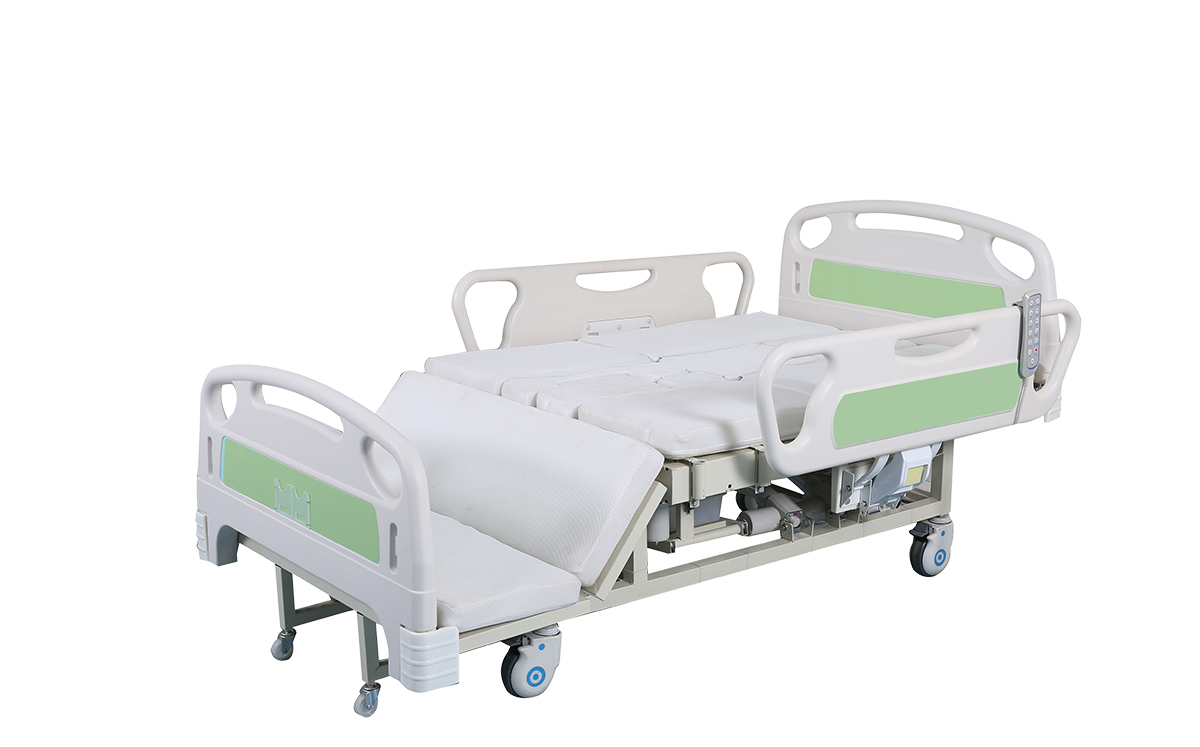Welcome to our websites!
Exploring Various Types of Rollators for Enhanced Mobility and Independence
Understanding Different Types of Rollators
Rollators have become an essential mobility aid for many individuals, particularly the elderly and those with disabilities. These wheeled walkers provide stability, support, and the freedom to move around safely. They come in various types, each designed to meet specific needs. In this article, we will explore the different types of rollators, their features, and their benefits.
1. Standard Rollators
Standard rollators are the most common type. They typically come with four wheels, a sturdy frame, and hand brakes for safety. The wheels are often medium-sized, providing a good balance between mobility and stability. Standard rollators are suitable for both indoor and outdoor use because they can navigate smooth surfaces as well as uneven terrain.
These rollators usually include features such as a seat, allowing users to rest when needed. They are designed for individuals who have some walking ability but may require assistance due to fatigue or balance issues. Standard rollators are perfect for shopping or leisurely strolls.
2. Lightweight Rollators
For individuals who require a mobility aid but find standard rollators too heavy, lightweight rollators are an excellent solution. These models are made from lightweight materials, making them easier to maneuver and transport. Lightweight rollators are particularly beneficial for seniors or those with limited upper body strength.
Despite their lighter construction, they still offer essential support features, such as a seat, brakes, and adjustable handles. This makes them ideal for both indoor use and short outdoor excursions. The portability of lightweight rollators allows users to easily lift them into vehicles, making travel more accessible.
Heavy-duty rollators are designed for individuals who require additional support due to weight or mobility challenges. These rollators come with reinforced frames and can accommodate higher weight capacities, typically ranging from 300 to 500 pounds.
Heavy-duty rollators usually include wider seats and more robust wheels, ensuring stability and comfort for users. They may also come with features such as larger storage baskets for personal items. This type of rollator is perfect for those who need extra strength and durability in their mobility aids.
4. Three-Wheel Rollators
different types of rollators

For those seeking a more compact and lightweight option, three-wheel rollators offer an excellent alternative. The design of three-wheel rollators makes them highly maneuverable, allowing for easy navigation in tight spaces, such as homes or crowded areas.
Although they have only three wheels, which can sometimes compromise stability, many models are designed with low centers of gravity and a wider base for improved safety. These rollators usually include a basket or bag for carrying personal items, making them versatile for quick trips or outings.
5. Outdoor Rollators
Outdoor rollators are specifically designed for use on rough terrains such as grass, gravel, or uneven pavements. They usually have larger wheels with tread for better traction and stability. Additionally, outdoor rollators often feature shock-absorbing systems to provide a smoother ride when traversing bumpy surfaces.
These rollators are an excellent choice for those who enjoy outdoor activities, such as gardening or exploring nature trails. The added durability and improved handling make outdoor rollators a preferred choice for adventurous spirits who value mobility and independence.
6. Rollators with Accessories
Many rollators now come equipped with various accessories that enhance their functionality. For example, some may include removable trays, cup holders, canopies for sun protection, or even built-in lights for visibility in low-light conditions.
These added features cater to users' specific needs, making rollators even more versatile. The option to personalize a rollator according to lifestyle preferences ensures that individuals can find the right fit for their daily activities.
Conclusion
Rollators play a vital role in enhancing mobility and independence for individuals with walking difficulties. With numerous styles and features available, selecting the appropriate rollator can significantly improve quality of life. From standard and lightweight models to heavy-duty and outdoor options, there is a rollator designed for every type of user.
By understanding the different types of rollators and their specific benefits, individuals can make informed decisions that align with their mobility needs, ensuring they remain active and engaged in their daily lives. Whether it's for a simple trip to the grocery store or a stroll in the park, the right rollator can make all the difference.
-
Transforming Healthcare with Hospital FurnitureNewsJun.24,2025
-
Rehabilitation EquipmentNewsJun.24,2025
-
Mobility and Independence with WheelchairsNewsJun.24,2025
-
Freedom of Mobility with Our Rollator WalkersNewsJun.24,2025
-
Comfort and Independence with Commode ChairsNewsJun.24,2025
-
Bathing Safety and Independence with Shower ChairsNewsJun.24,2025
-
Navigating the Wholesale Landscape of Electric Mobility Solutions: Key Considerations for Power Wheelchair DealersNewsJun.10,2025











